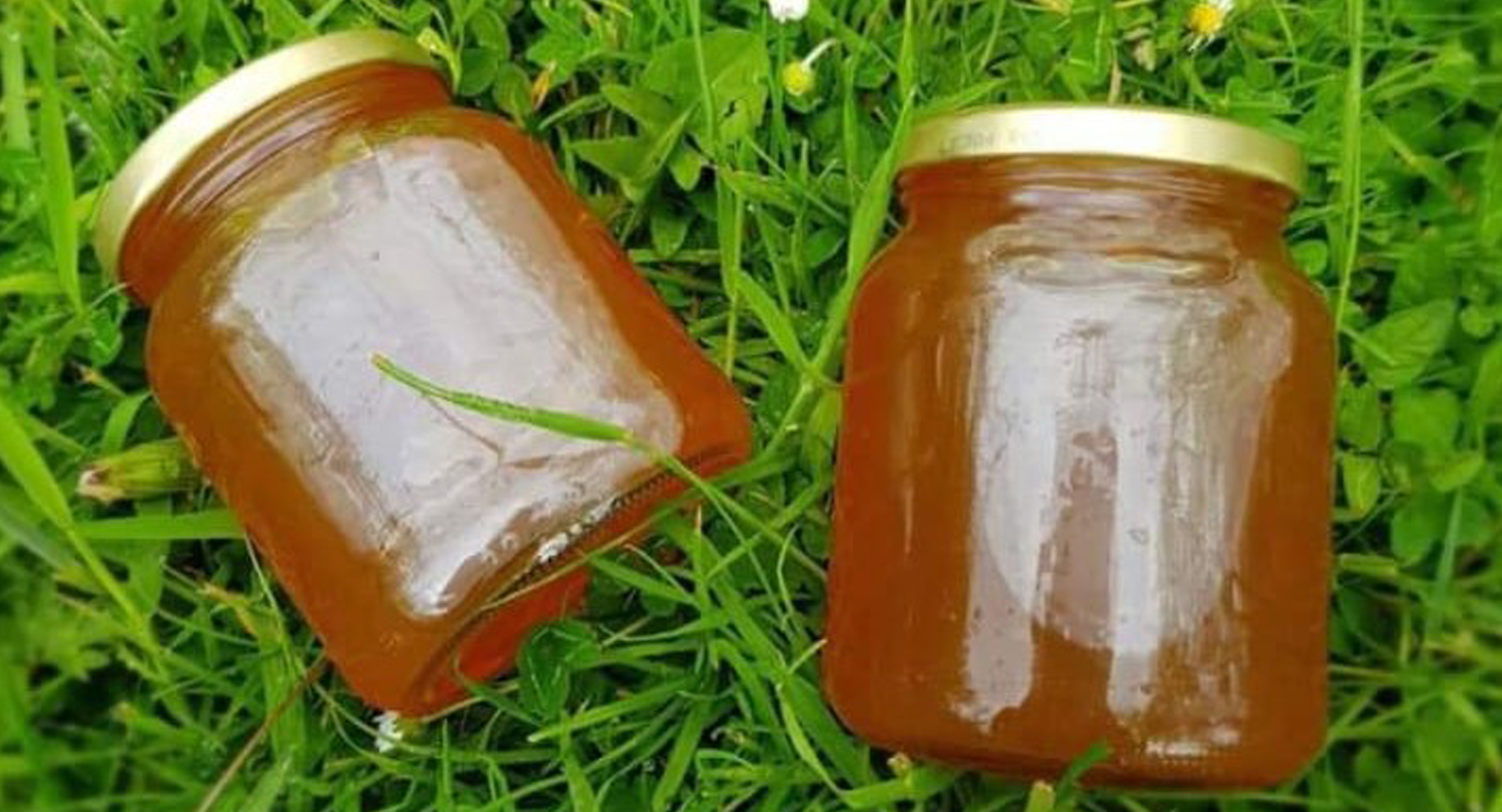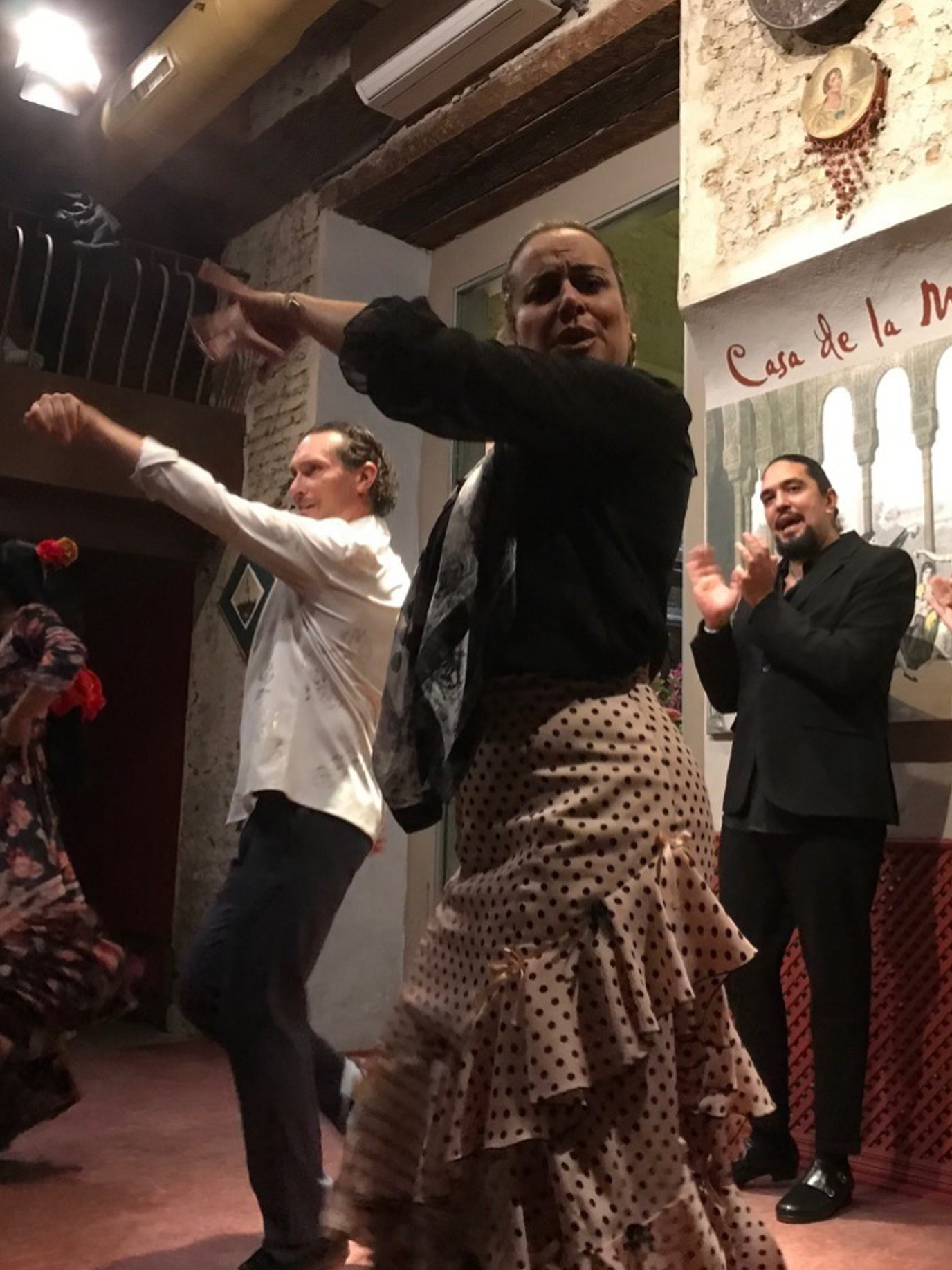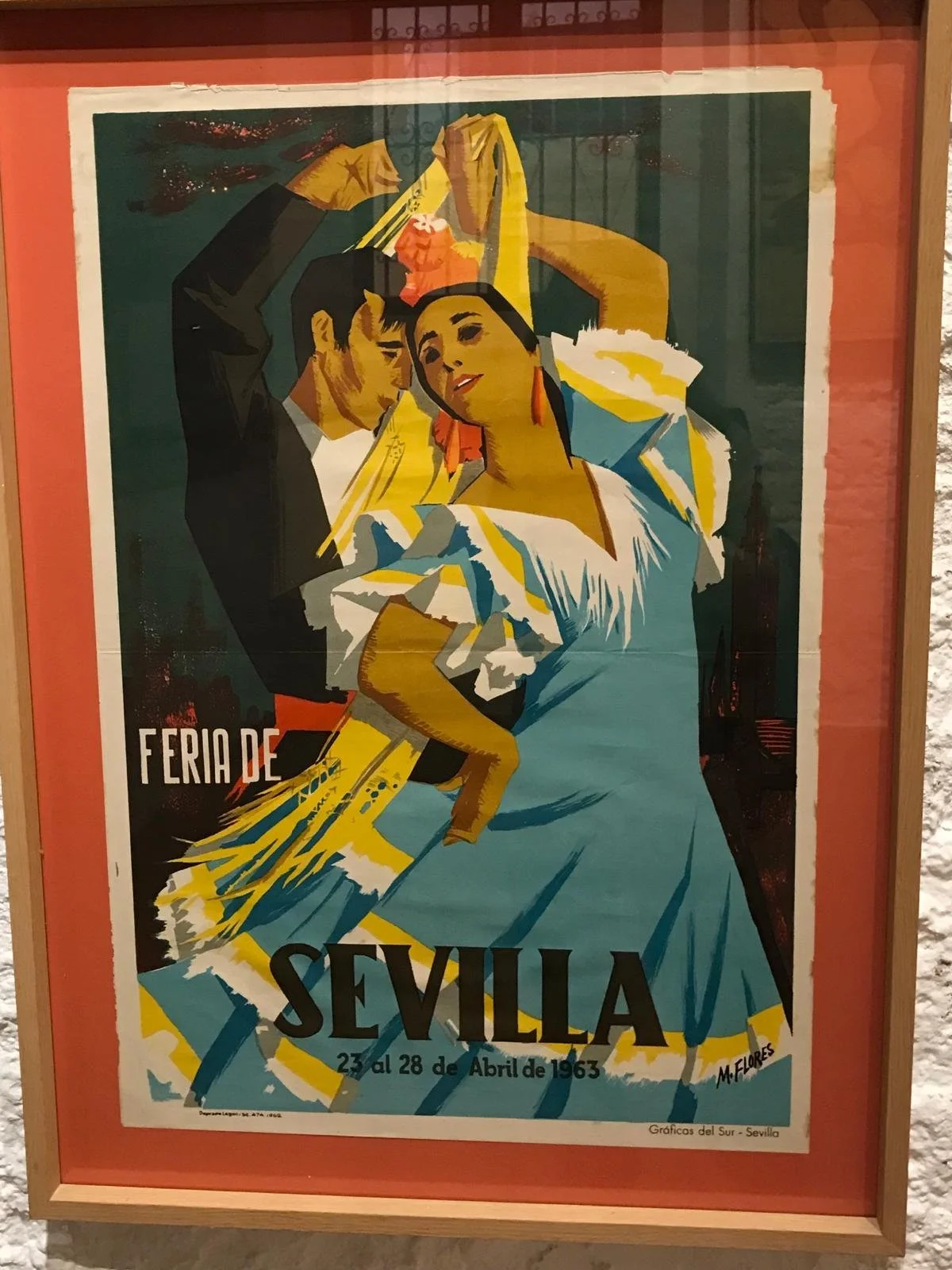Research questions
What are the environmental histories, traditions and values of Roma and Romany Gypsy groups in England, Scotland and Spain?
How can these be represented through traditional Romani visual and dance arts?
How can the environmental knowledge, skills and values of Romani communities be made more visible so as to contribute to current sustainability discourse, policy and programmes?
Which national and local government policies, programmes and discourses support or restrict these sustainability practices
Artwork by Jake Bowers from the The Thirsty Bear Forge, Sussex
Research design
The project uses a mix of methods, as follows:
LITERATURE REVIEW: This will be an updated critical and in-depth evaluation of previous research, particularly on Romani history and culture, sustainability practices and history of metalwork and dance. Sources will include academic databases, library searches, grey literature, and internet search engines.
MAPPING OF GYSPY SITES AND HISTORY: The key objectives for this WP will be to gather and collate up-to-date information on the sites that are of importance to Romani culture and history (for the purposes of deciding where to site the sculpture and events) and recorded sustainability practices. Much of this information currently remains unrecorded but is part of Romani oral history.
GO-ALONG INTERVIEWS (n120 in total, 40 per location): The go-along method can generate rich understandings while leveraging embodied understanding, participant empowerment, rapport-building and disclosure of connections with environments. The interviewers and film maker will be ‘walked through’ the participants’ lived experiences that relate to the local area, sustainability practices and artistic traditions. The techniques will capture oral history, highlighting socio-environmental features of the area, the sustainability related history, current practices and what a just transition to an ecologically sustainable society could look like locally.
GROUP REFLECTION (n150 in total – 5 groups per location): These will be informal group meetings with local Romani groups. The key task will be to reflect on the current and historical contribution of Romani communities to sustainability and the form and content of the statue and dance events that will represent this. The Romani community partners (FFT, HG, AG) and local HE researchers will jointly organise and facilitate. Participants will be invited to share their views, knowledge, desires and experiences regarding climate and other environmental policies, and Romani culture and values. The group reflections will include co-designing the traditional artworks.
CREATING THE SCULPTURE AND DANCE EVENTS: The sculpture, music and dances will be unveiled at three public events (Susses, Lanarkshire and Almería) and captured by mainstream media through which key messages can be disseminated. The sculpture will depict the key values and messages possibly including relevant stories from local Romani folk memory. Scrap metal objects will be upcycled using forged steel elements to produce works of sustainable art. The music and dances will allow for embodied knowledge and lived experience to be communicated, enabling audiences to engage with aspects of identity and cultural heritage in relation to sustainability.
PRIMARY AND INTEGRATED DATA ANALYSIS: The data will be analysed thematically using the Framework Method as it fits the case study method and the type of data that will be generated.
CREATING THE FILM: The film will capture the making of the sculpture, music and dances to highlight the traditional sustainable crafts of Roma and Romany Gypsies. It will also capture individual interviews with members of the community who want to speak on their sustainability practices, relationship with nature, relevant environmental history of the land etc.
FURTHER DISSEMINATION: A range of dissemination methods will increase understanding and visibility of Romani views and practices and create a strong legacy from this project. We will promote the insights gained; ensure that research participants benefit from the project; build and maintain a research community around the topic; and facilitate connections so as to integrate work on Romani sustainability. The Romani-made film is essential for controlling the narrative on Romani sustainability and bringing the messages to the wider public.




